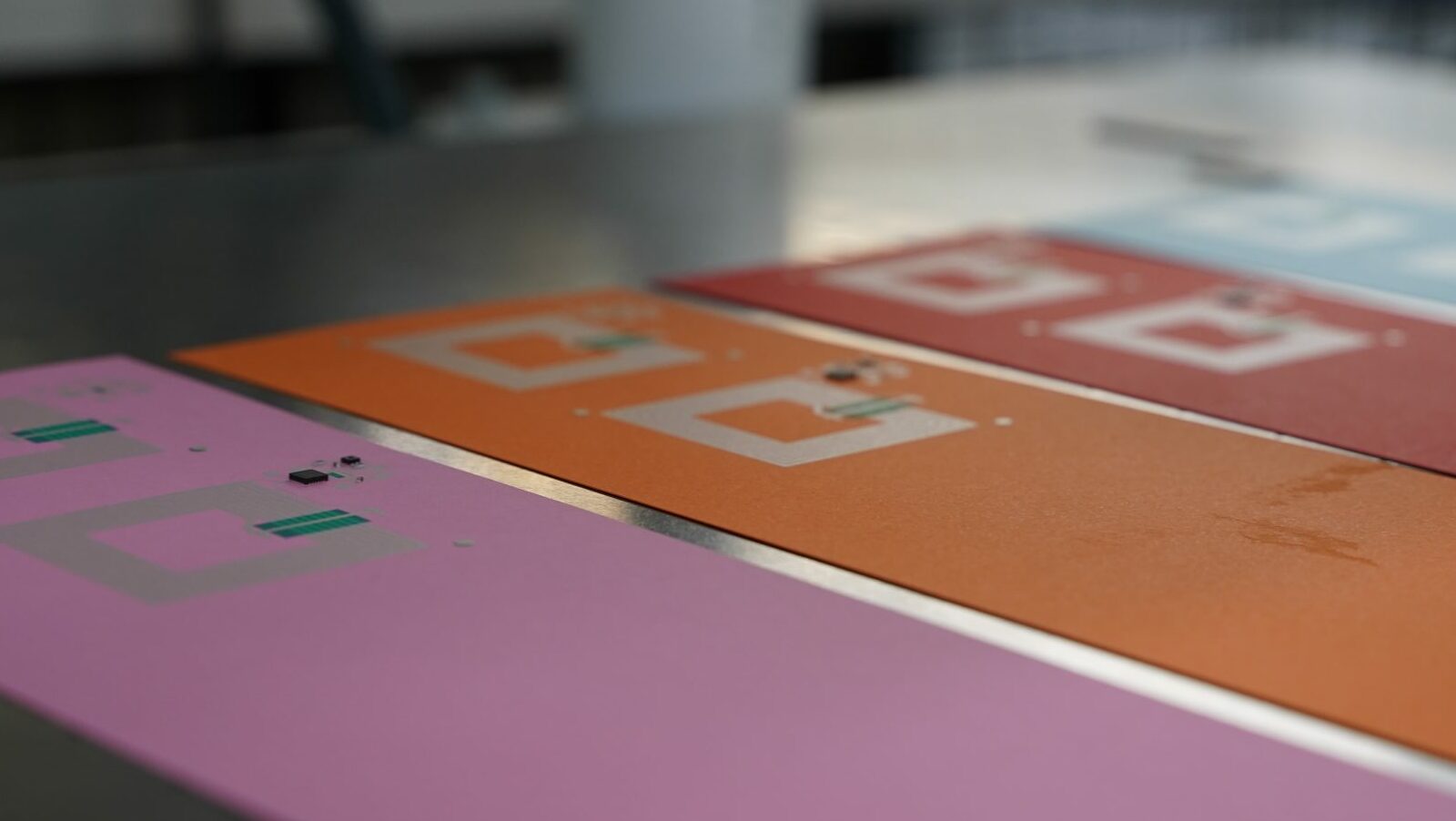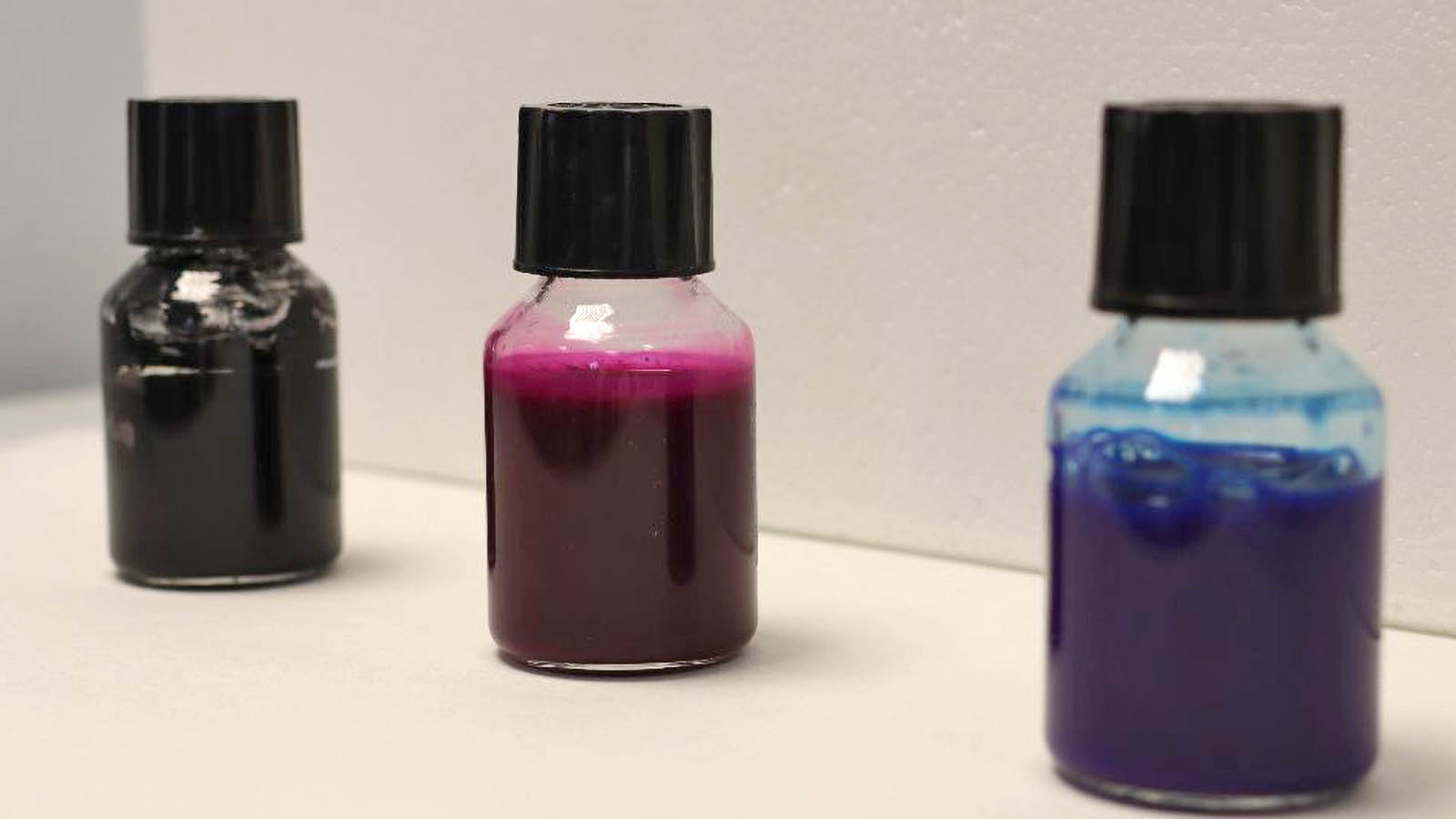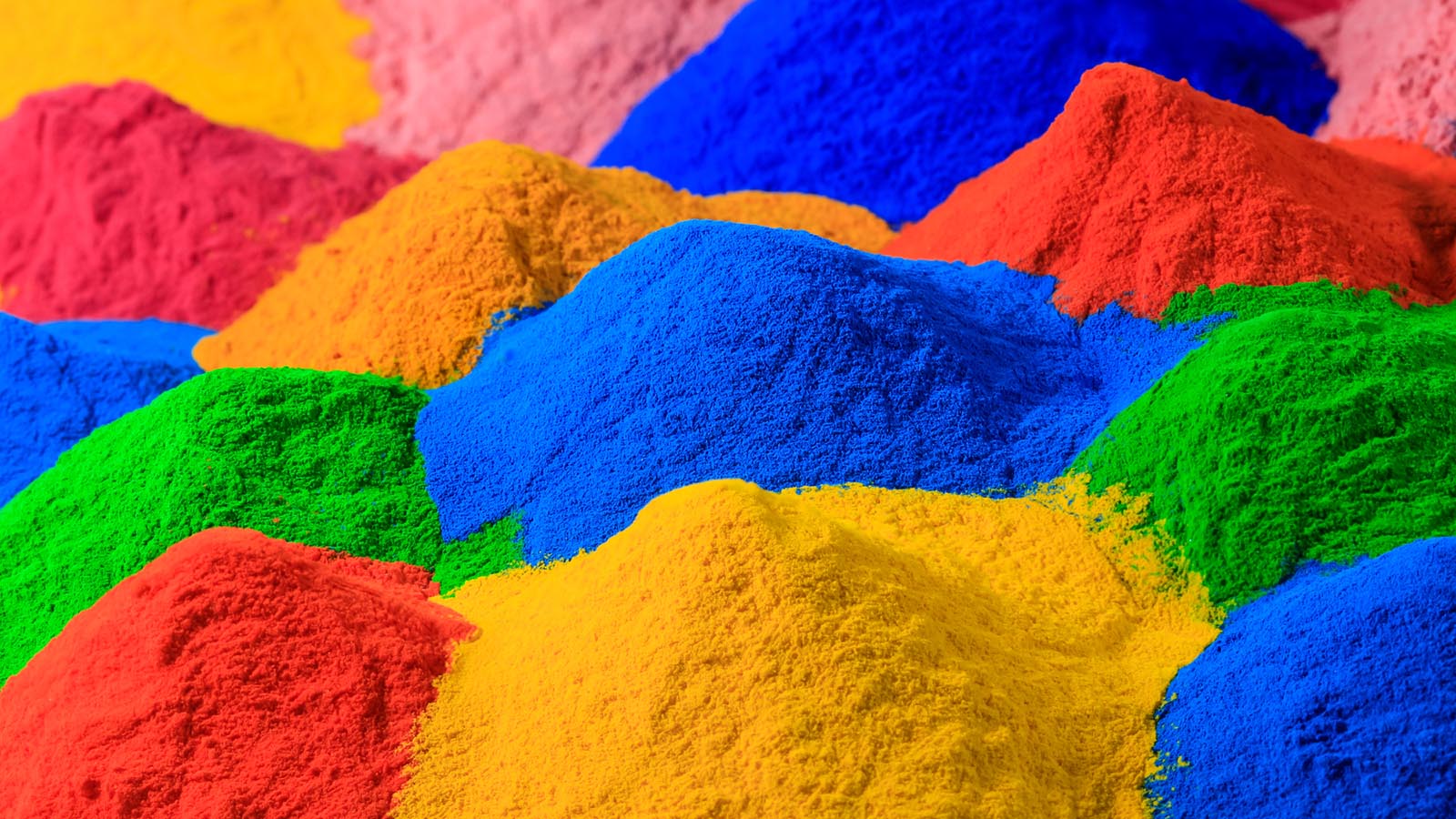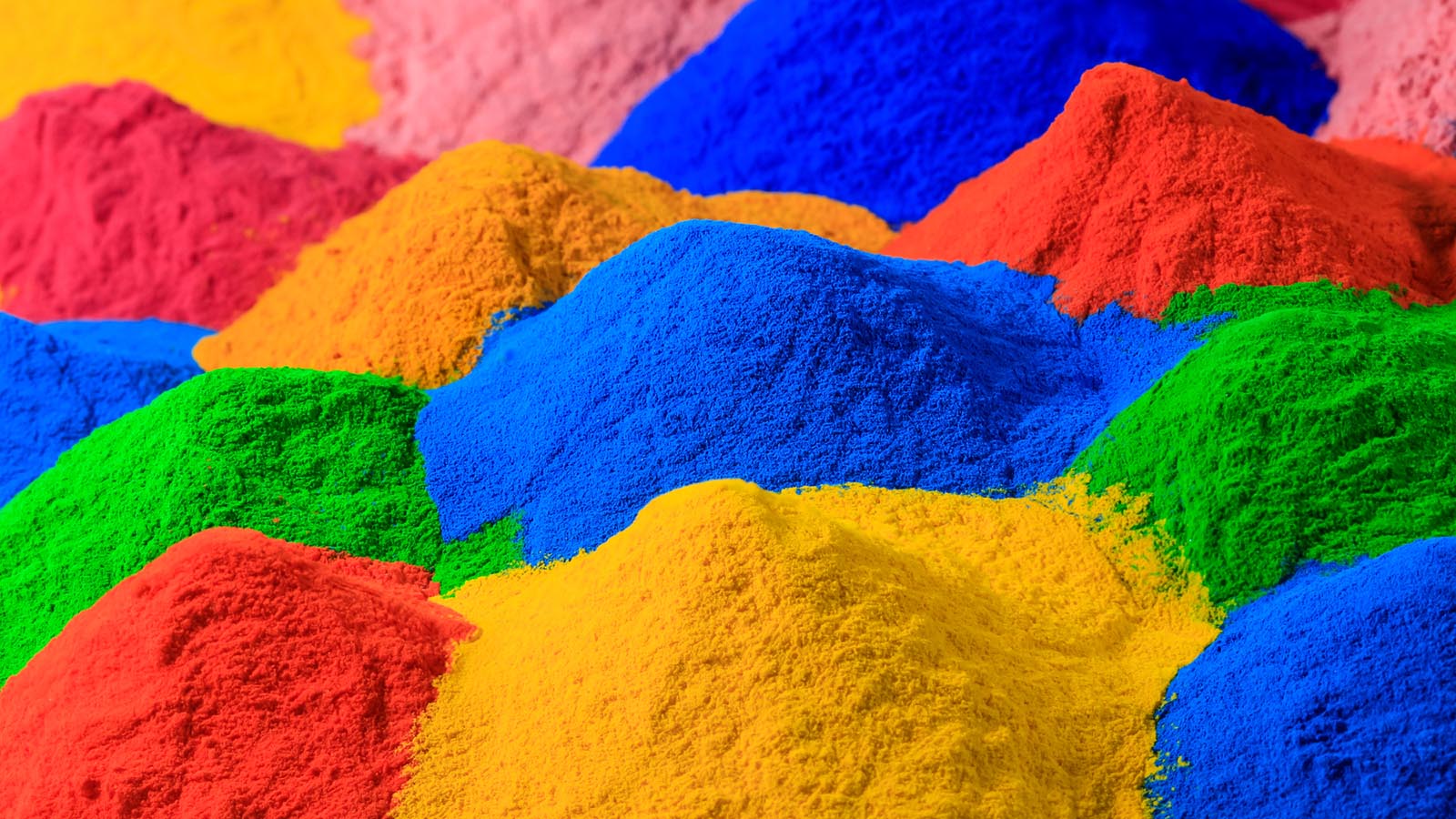ITENE will present inks for more sustainable packaging and to bring printed electronics to the marketplace at LOPEC 2022
The research centre will be showcasing solutions to expand the applications of printed electronics and to reduce costs at the event.

The research centre ITENE will participate in the printed electronics fair LOPEC 2022, which will take place in Munich (Germany) between 23rd and 24th March, when it will present functional inks, such as microwaveable susceptor inks for snacks and V-range food products or indicator inks that identify the presence of CO2 in the packaging, as well as conductive inks for printed electronics.
The research centre will be located at the stand of Functional Print Cluster and the 3NEO Platform, at number 412 in Hall B0, with the support of the Instituto Valenciano de Competitividad Empresarial (Ivace), which is part of the Generalitat Valenciana. At this stand, LOPEC visitors will be able to learn about technological solutions and R&D projects developed by ITENE to improve the sustainability of packaging and to provide advanced functionalities.
In the framework of LOPEC 2022, the research centre will show a microwaveable printed ink for snacks and V-range food products. This ink is based on compounds that favour the heating of food and it represents a monolayer development obtained in the framework of the PACK4MICROSUSCEP project, co-financed by Ivace and the European Union (EU) Feder Funds. This represents a more sustainable solution, which is an alternative to commercially available subsceptor packaging and it is based on a paper substrate that replaces aluminised PET. It can be applied to bakery and pizza products, among others, as well as to substrates other than paper, which extends its usability to microwaveable products.
In parallel, it will be presented the work carried out by ITENE in support of RISE (Research Institutes of Sweden) and CPI (Centre for Process Innovation) in the extension of the formulations of conductive inks and framed in LEE-BED, a project funded by the European Union (EU). The NFC-driven humidity and temperature sensors created within the same project by the research centre together with Spanish label company GRAFIETIC to facilitate product tracking and quality assurance will be also on display.
Open Innovation Test Bed
Specifically, LEE-BED is focused on establishing an Open Innovation Test Bed (OITB) to reduce risks and to accelerate the development and manufacturing of nanomaterials and flexible integrated electronic systems for the benefit of industry.
In this line and facing the challenge of the transition from the graphic printing industry to the electronic printing industry, ITENE has a pilot plant set up in the framework of the same project and through which, by means of screen printing, flexography or ink jet, companies can transform their ideas into prototypes for their subsequent validation. In this way, this test bed allows smart print developments to be tested with the aim of transforming them from concept to prototype within six months.
The information about LEE-BED will be collected in a poster that will be presented at the fair by Jesús Palenzuela, Head of the Printing Technologies and Functional Surfaces Unit of ITENE, who will be accompanied by Inmaculada Lorente, Project Manager. This poster will also present copper-based conductive inks that allow to extend the applications of printed electronics and to reduce the cost compared to silver-based conductive inks.
These inks, developed by ITENE in the framework of the BIOSURFINK project, funded by the Innovation Department of the Generalitat Valenciana, could be printed by screen printing, roll-to-roll flexography or inkjet technologies on different types of substrates, such as cardboard or flexible paper or plastic films.
In addition, these inks enable the creation of connected items, the mass production of connected goods and the use of different printing techniques such as flexography or rotogravure, as well as reducing costs. They can also be applied in connected packaging made of plastics, cardboard and cartonboard materials, anti-fraud antennas or for stock control and electronic systems (circuitry, lighting, etc.).
Moreover, printed labels whose colour changes according to the CO2 concentration inside the container will be presented. These smart labels can identify possible leaks or detect the generation of CO2 due to microbial growth and prevent variations in the state of food or other products.


